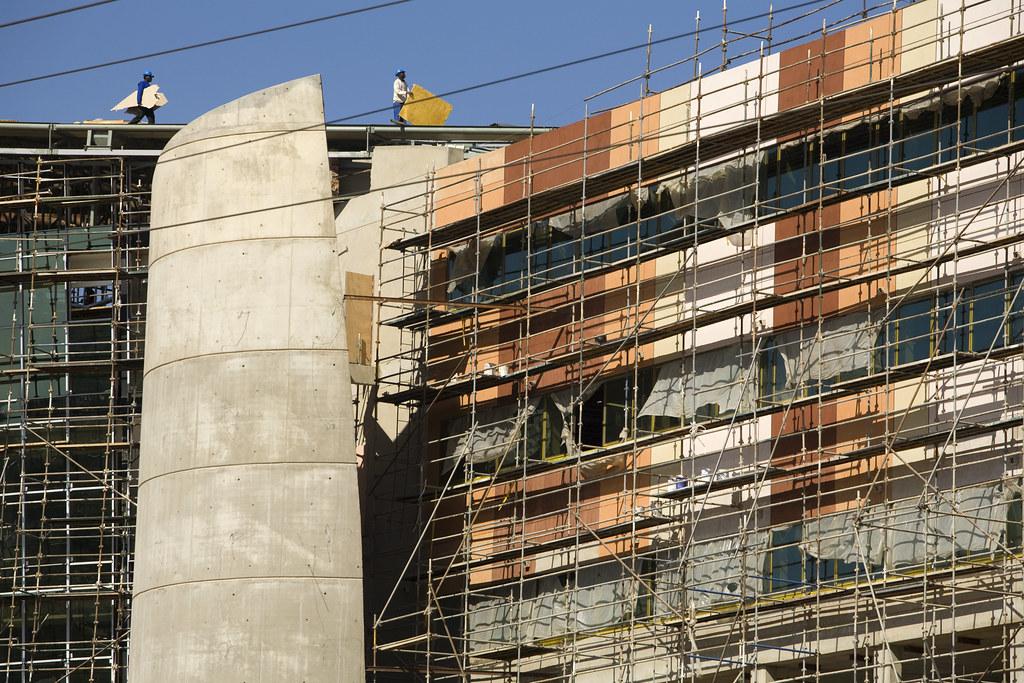Santa Monica, CASanta Monica, CA
Mon - Fri 09:00 AM - 06:00 PM 310-260-5900 x3
- Home
- Our Services
- Commercial Real Estate
- Commercial Mortgage
- Commercial Mortgage Loans
- Commercial Mortgage Refinance
- Commercial Construction Loan Financing
- Commercial Mortgage Lenders Rally Back
- Commercial Bridge Loans
- Commercial Loan Modification
- Commercial Loan Workout
- Business Finance Loans
- Apartment Loans
- Multi Family Loans
- Land Loans
- Hard Money Commercial Loans
- Commercial Mortgage Rates
- Mortgage Calculator
- About Us
- News
- Contact Us
- Get a commercial real estate loan


